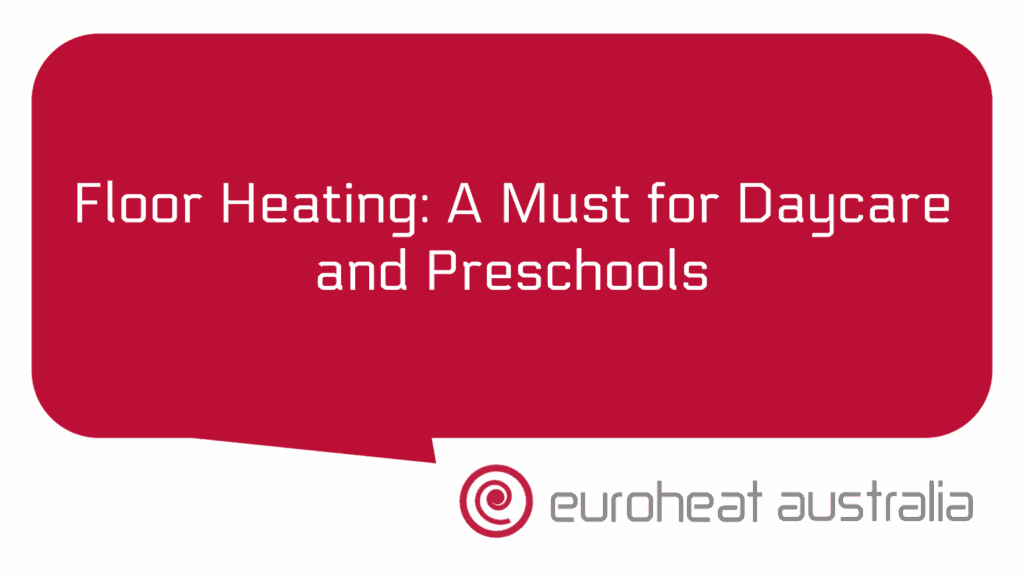For homeowners with limited space for ductwork, central heating and cooling systems can be the perfect way to create a comfortable environment all year round. Not only do they offer improved air quality and energy efficiency, but they also provide convenience and cost savings.
Central heating and cooling systems are designed to heat or cool air throughout the entire home or building, as opposed to individual units or wall-mounted units that only serve one room. This means that you can adjust the temperature throughout the house with a single control unit. This eliminates the need for multiple thermostats and helps to create an even temperature in every room.
When it comes to central heating and cooling systems, there are a few options available. One is ductless mini-splits, which are relatively easy to install and require no ductwork at all. These systems use individual indoor units that are connected to an outdoor condenser via refrigerant lines, allowing for independent temperature control in each room. They’re ideal for small spaces and can be installed in walls or ceilings without taking up too much space. Plus, they’re quiet and efficient, making them great for bedrooms or other areas where you want a quiet environment without sacrificing comfort.
Another option is radiant floor heating, which uses hot water tubing embedded beneath the flooring of your home to heat rooms from below instead of using ducts or forced air from above like traditional HVAC systems. This type of system is highly efficient since it does not rely on traditional ventilation techniques, but rather transfers energy directly into the floors via hot water tubes in order to warm them up quickly and evenly. It’s also quieter than forced-air systems since there aren’t any fans involved in pushing air around the house. The downside is that radiant floor heating requires more installation time than other types of HVAC systems as well as more space if you plan on burying the tubing beneath your floors instead of running it through your walls or ceiling cavities like mini-splits do.
For homes with limited space for ductwork, hydronic heating & cooling could be your best option because it does not require any active ventilation system at all – just pipes filled with heated water running through radiators located around your home (or underfloor). Hydronic heating & cooling systems use thermal energy produced by burning natural fuels like wood pellets or gas, so they’re much more environmentally friendly than electric-powered HVAC systems while providing superior comfort due to their low noise levels and even temperature distribution throughout a home. Additionally, these systems are extremely efficient because they only require energy when they need it – unlike traditional HVACs which consume energy constantly – so you’ll save both money on energy bills as well as time spent on installation & maintenance costs over time.
If you’re looking for professional design & installation services when it comes to hydronic heating & cooling solutions for homes with limited space for ductwork, then Euroheat Australia should be your go-to provider! With 30 years of experience designing & constructing these types of systems across Perth (and beyond), their team of engineers & installers will ensure that everything runs smoothly from start to finish – providing peace of mind that your investment in comfort will pay off! Plus, due to their high level of expertise when it comes to this kind of system design & installation – you’re guaranteed maximum efficiency & cost savings over time!
So if you’re looking for central heating and cooling solutions that offer superior performance while taking up minimal amounts of space – hydronic solutions from Euroheat Australia could be just what you’ve been searching for!





